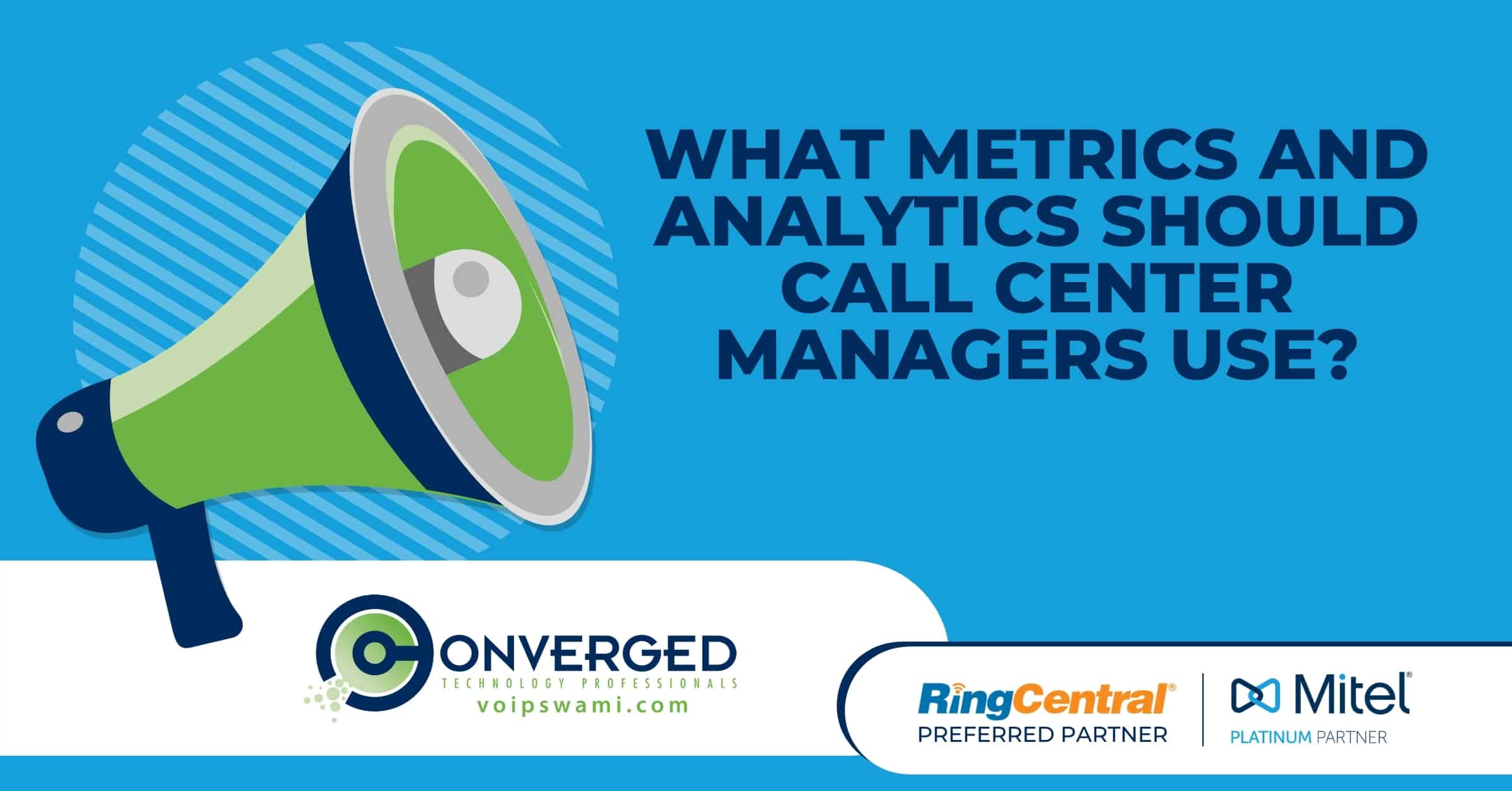
Call center metrics and analytics give you a clear, objective way to measure your team’s performance. The right tools will help you track and maximize improvements for individual agents, teams and the call center as a whole. But with so many possible metrics to track, which ones are the most important for call center managers to keep an eye on?
Customer Satisfaction Level
Customer Satisfaction Level is the customer’s measure of your call center’s performance. In a survey of 380 call center managers, over 95% viewed customer satisfaction level a very important metric. This metric is typically a combination of several underling metrics that are effected by industry and client profiles. Typically, call centers create this metric through customer surveys and call quality measurements. Out of all the metrics you can track, customer satisfaction is king for measuring call center effectiveness and efficiency.
Service Level
The service level is the percentage of inbound calls answered by predetermined standards for response time and against call abandonment. As you are likely aware, this is the number that call centers typically commit to in contracts or department reviews. As such, service level is frequently cited as one of the most important metrics to track by call center managers.
Cost Per Contact
Cost per contact is a measurement of all call center expenses: operational costs, wages and benefits, compared to how many calls are handled. This attaches a cost number to every call that an agent picks up. This metric is very useful for analyzing which client resolution channels are most or least expensive and is important for budgeting decisions.
Average Time in Queue / Response Time
This is the typical amount of time it takes to respond to a customer’s call. It is a crucial metric because it is the first impression that you make when a customer calls in. Customers don’t like being on hold. This vital metric tracks if you are getting to callers quickly. It is typically connected to service level agreements for call center quality assurance.
Average Abandonment Rate
Abandonment rate measures the percentage of callers that hang up before an agent picks up. It is a way to track if your agent response times are adequate to get a caller on the phone before they hang up while waiting in the queue.

Average Call Length
Average Call Length is simply the average amount of time an agent will spend on a call. This metric is so important because it is the most memorable part of the experience for the client. You need to establish a baseline for call length so that you can prevent wasted time while also ensuring your team delivers personalized service that effectively resolves the problem for each customer.
Average after Call Work Time
After each call, the agent might not be able to immediately handle another call. Typically there are call notes to input into the database and other follow up such as emails to send or service tickets to file. This is an important metric for call center managers because it indicates if the post-call work is taking away too much time agents could be spending with customers. By tracking this, you can be proactive in reducing agent time spent on paperwork instead of helping resolve customer issues.
First Call Resolution
First Call Resolution is an essential measure of each workers and the call center’s ability to solve problems and answer questions the very first time a customer calls. It means getting everything right the first time. It’s a crucial factor not only in customer satisfaction but in the efficiency of the call center. Every problem you resolve on the first call is a future call your team will not have to handle.
Agent Absenteeism
Agent absenteeism is the number of days lost per year due to the agents being absent as a percentage of total work days. This will impact team schedules and staffing coverage. As you optimize your agents at work to call volume ratio, lower absenteeism makes your analysis more predictable. It is also a quick litmus test to check the morale of the call center team.
Agent Turnover Rate
Agent Turnover is the percentage of agents that leave the call center during a given time period, usually a quarter or a year. Agent turnover has a large impact on customer satisfaction, as developed agents provide higher levels of service. Also, it has an impact on team scheduling and morale. The lower the rate, the higher the morale and better the team’s performance.
This list of metrics isn’t all encompassing and there may be other metrics important for your call center’s success. If your call center tools aren’t providing you with the metrics you need or you simply want to know more about which metrics to track, contact Converged Technology Professionals today for a contact center solution consultation. If you would rather reach out via phone call us at 877-328-7767. If you have questions, we have answers.
If you enjoyed this article you may also enjoy:
